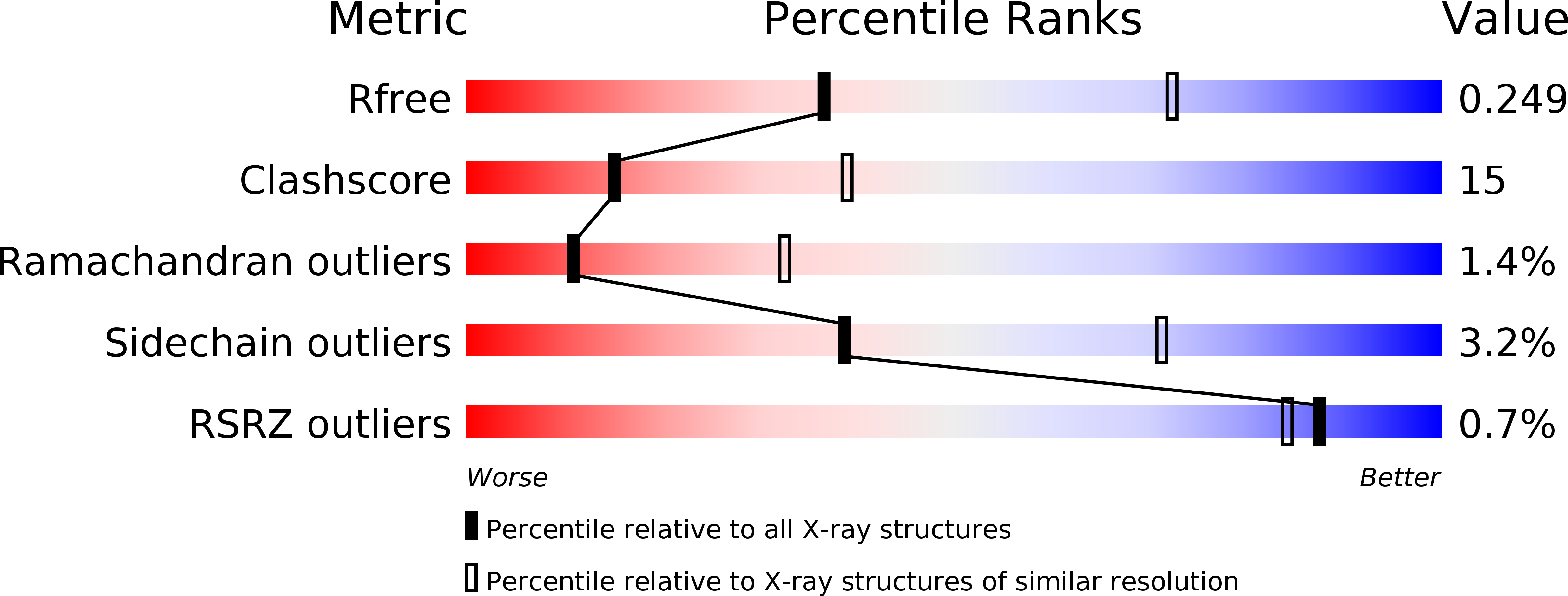
Deposition Date
2004-07-29
Release Date
2005-08-09
Last Version Date
2024-10-30
Entry Detail
PDB ID:
1U6A
Keywords:
Title:
Crystal Structure of the Broadly Neutralizing Anti-HIV Fab F105
Biological Source:
Source Organism:
Homo sapiens (Taxon ID: 9606)
Method Details:
Experimental Method:
Resolution:
2.81 Å
R-Value Free:
0.25
R-Value Work:
0.21
R-Value Observed:
0.24
Space Group:
P 43 21 2


